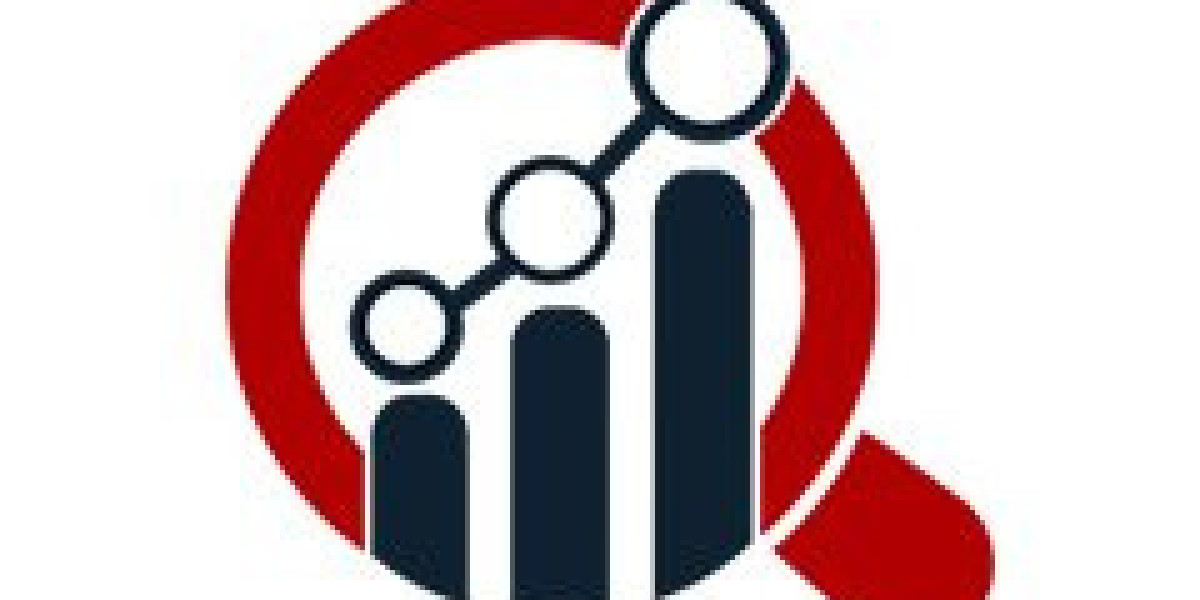Proton Pump Inhibitors Market Positioned for Modest Growth
The proton pump inhibitors market continues on a path of steady, reliable growth, supported by the persistent prevalence of acid-related gastrointestinal disorders and consumer access via OTC and prescription channels.
? Key Growth Drivers & Trends
Increasing GERD and acid-related disorders: High and growing incidence of gastroesophageal reflux disease (GERD), peptic ulcers, and Helicobacter pylori infection is fueling consistent demand for acid-suppressing therapies.
OTC availability and public awareness: Availability of PPIs in over-the-counter formulations, particularly omeprazole and esomeprazole, is driving broader consumer access and repeat use.
Innovation in drug formulations: Development and adoption of newer or long-acting PPIs, such as pantoprazole and esomeprazole formulations, along with fixed-dose combinations, are expanding treatment options.
Emergence of dual-action and alternative drugs: Next-generation acid-suppressants like potassium-competitive acid blockers (PCABs) such as vonoprazan offer differentiated mechanisms and competitive disruption in emerging markets.
? Market Segmentation
Drug Type
Omeprazole remains the most widely used PPI due to brand recognition and generic availability.
Esomeprazole is expected to grow fastest, thanks to optimized pharmacokinetics and broad OTC and Rx use.
Pantoprazole is gaining momentum due to fewer drug interactions and longer duration of action.
Other active agents include lansoprazole, rabeprazole, and dexlansoprazole.
Route of Administration
Oral tablets/capsules dominate the market by revenue and volume, favored for convenience, cost-efficiency, and widespread use.
Injectable (IV) PPIs are growing fastest in hospital settings for acute GI bleeding and inpatient management.
Indication
GERD (including heartburn) is the largest indication category, driving sustained prescription.
Peptic ulcers, H. pylori eradication, and other acid-related disorders form secondary segments.
Distribution Channel
Hospital pharmacies account for the largest share, particularly for high-dose or IV formulations.
Retail pharmacies and OTC channels offer wider accessibility for self-managed treatment.
Online pharmacies are gaining segment share rapidly due to convenience and competitive pricing.
? Regional Insights
North America leads the PPI market with the highest revenue share, supported by strong healthcare infrastructure and high disease diagnosis rates.
Europe delivers steady growth, with markets like Germany, France, and the UK benefiting from an aging population and healthcare reimbursement policies.
Asia-Pacific is the fastest-growing region, spurred by rising prevalence of reflux disorders, expanding access, and enhanced healthcare infrastructure in countries like India, China, and Japan.
Latin America, Middle East, and Africa offer emerging opportunities—especially in expanding access and increasing generic adoption.
⚙️ Innovation & Market Dynamics
PCABs like vonoprazan and tegoprazan are gradually entering the market, offering faster and longer-lasting acid inhibition.
Fixed-dose combinations, such as rabeprazole + levosulpiride, are offering symptom relief enhancements and improved gastrointestinal motility.
Digital health integration—including patient apps for adherence monitoring—and educational campaigns are supporting responsible long-term use.
Regulatory monitoring and safety messaging around long-term side effects (e.g., kidney risk, fractures, infections) are shaping prescription guidelines and limiting overuse.
⚠️ Challenges & Restraints
Safety concerns with long-term use—including bone density loss, kidney disease, and infection risk—are fostering cautious prescribing and tapering strategies.
Patent expirations and generic competition have compressed margins and increased pricing pressure.
Regulatory restrictions and reimbursement constraints—especially in Europe and parts of Asia—can limit long-term or OTC dispensing.
Erosion of preference for continuous use, with newer guidelines recommending the lowest effective dose and intermittent or on-demand use.
? Executive Summary
The proton pump inhibitors market continues on a path of steady, reliable growth, supported by the persistent prevalence of acid-related gastrointestinal disorders and consumer access via OTC and prescription channels. While traditional brands like omeprazole maintain dominant market share, newer PPIs such as esomeprazole and pantoprazole are gaining share due to improved pharmacology and safety. Adoption of injectable PPIs is rising in acute care, and online pharmacies are disrupting distribution. While supportive of growth, increasing scrutiny over long-term safety and competition from emerging PCAB drugs may moderate volume. Market leaders focusing on affordability, adherence support, and innovation in delivery or fixed-dosed drug formulations are well-positioned for future success.






